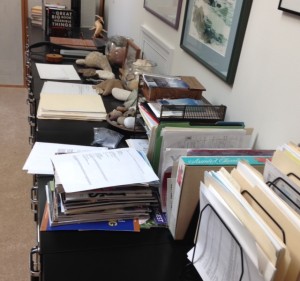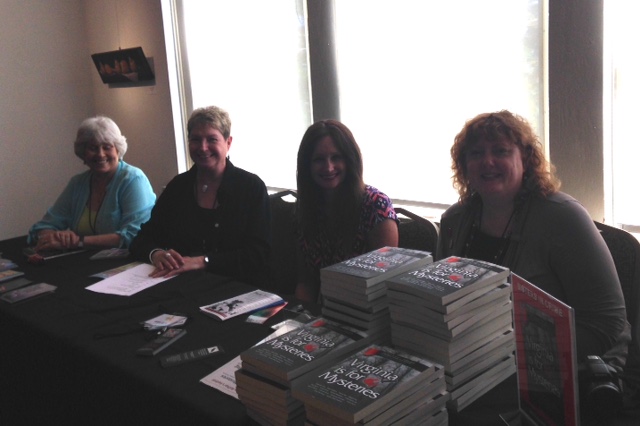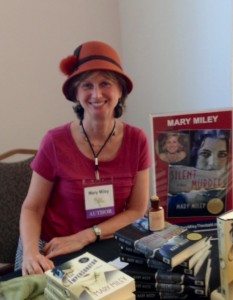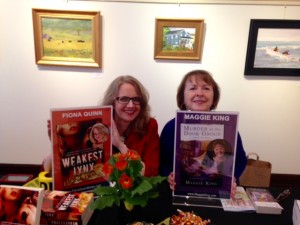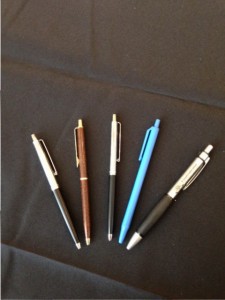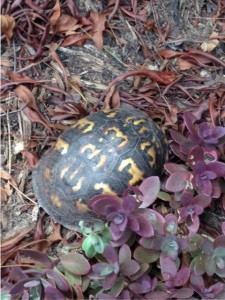No doubt writing spaces are as different as writers. On this issue, I found a soulmate in Annie Proulx. We both share the ideal of sleek, elegant, and uncluttered, as depicted on the cover of her book Bird Cloud.
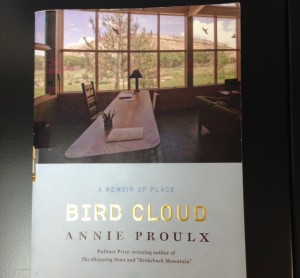
But then, on page 52, she verbally portrays the reality perfectly:
“It has taken me half a lifetime to understand that my habits and work do not tally with clean minimalism. By default, complexity and clutter are my style, and I move from projects and paper piles on one table to different projects and paper piles on other big tables. Books are open on every surface next to bins of papers to be filed. Boxes of old photographs, manuscript drafts, correspondence and receipts crowd shelves and floor. Incoming and outgoing mail piles up. This is not a svelte, minimalist look. One large room was what I thought I needed for tables, file cabinets, map case, desks, shelves for books, office supplies, book accessioning station and bill-paying desk.”
My actual writing spaces illustrate this reality. I just walked around and took pictures with my cell phone, no staging needed!
The book shelving is very idiosyncratic—e.g. I have a shelf on how to write and edit, several shelves of dictionaries, a shelf of books about sex and sex practices, a shelf about the Chesapeake Bay, a couple of shelves of favorite classic mystery writers, half a shelf on food in history, etc. Usually I know where to look!
How does your real writing space compare to your ideal?
If you’re not a writer, share your ideal vs. real office, kitchen, yard, studio, or wherever you spend time.

